Cryoprecipitate is easily the most misunderstood blood product. Dr. Chaffin and co-host Dr. Heidi Shafi give you five “Essentials” of cryoprecipitate to set record straight!

Dr. Joe Chaffin
The images below are courtesy of LifeStream Blood Bank.

Dr. Joe Chaffin
The blood product “cryoprecipitate,” prepared by slow-thawing fresh frozen plasma, is declining in use around the world but seems to be increasing in use in the United States. This discussion will help dispel myths and misunderstandings about the most misunderstood blood component. Dr. Chaffin discusses how cryo is made, what is in it, how it is prepared for transfusion, how it is used, and finally, what the future looks like for the use of cryo.DISCLAIMER: The opinions expressed on this episode are those of my co-host and I alone, and do not reflect those of the organizations with which either of us is affiliated. Neither Dr. Shafi nor I have any relevant financial disclosures.
The images below are courtesy of LifeStream Blood Bank.
Further Reading:
- Callum J et al. Cryoprecipitate: The current state of knowledge. Transf Med Rev 2009; 23:177-188.
- Nascimento B et al. Cryoprecipitate Therapy. Br J Anaesth 2014; 113(6):922-34.
- Levy JH et al. Fibrinogen as a therapeutic target for bleeding: a review of critical levels and replacement therapy. Transfusion 2014;54:1389-1405.

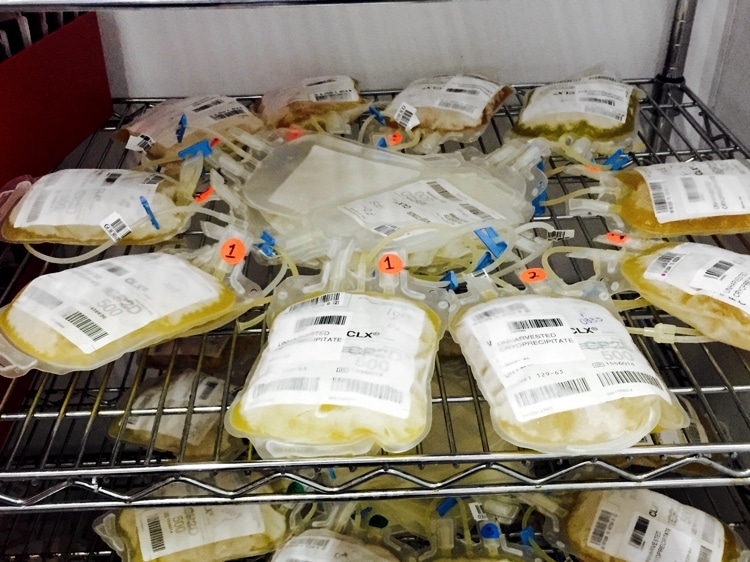
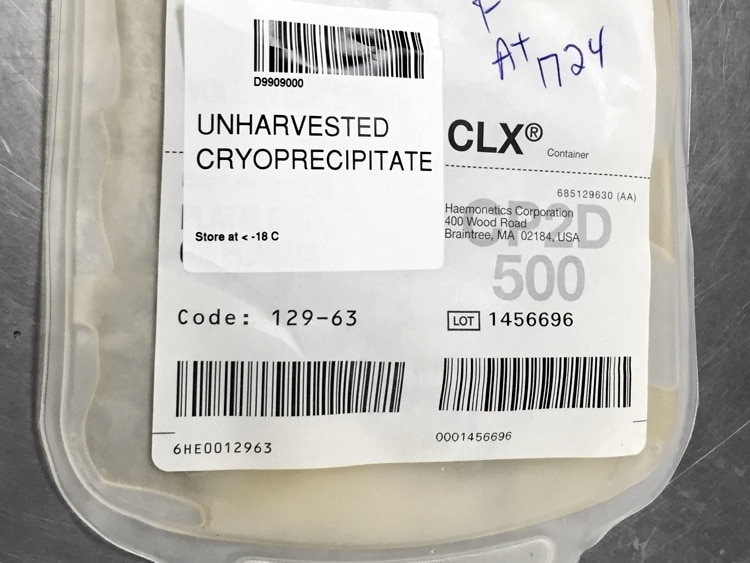
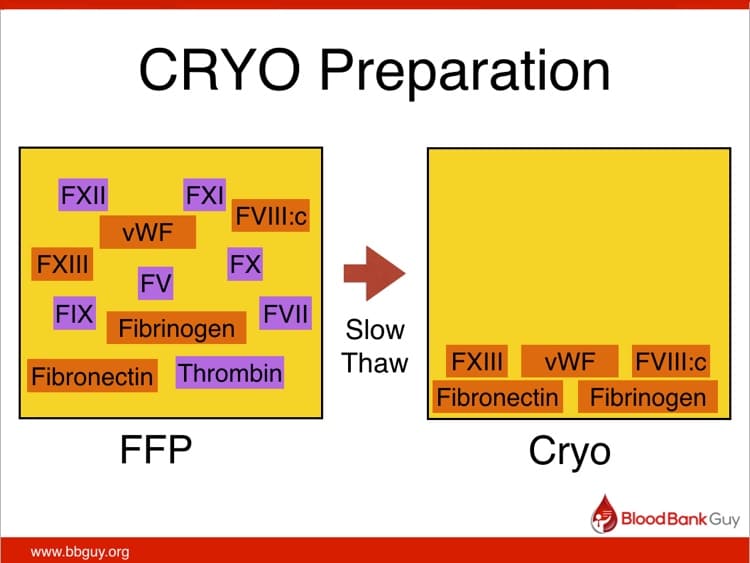

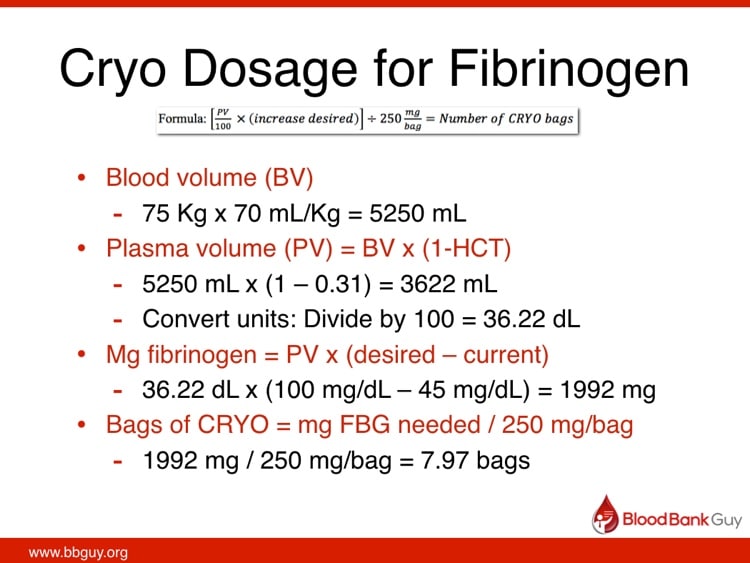



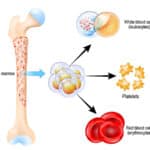





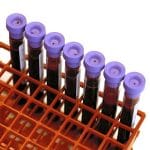

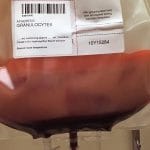

I m interested to learn blood banking
I was told cryo does not need to be type specific due to the low volume..
is this still valid?
Thank you
Gabriele Scott
Hi Gabriele. There is some disagreement on this. It’s true that the precipitated portion of CRYO does not contain antiglobulins, but the plasma that the precipitate is resuspended in DOES contain ABO antibodies. AABB Standards just says that facilities need “a policy concerning transfusion of significant volumes of plasma containing incompatible ABO antibodies” (Standard 5.15.4), but doesn’t define “significant volumes” and doesn’t mention CRYO specifically. I think the Circular of Information expresses how most handle the situation when it says about CRYO, “ABO compatible material is preferred” (in contrast to the requirement for ABO compatibility with recipient RBCs for FFP/PF24). Bottom line: It’s up to the local medical director, but there must be a policy spelled out.
-Joe
I have a heart surgeon that is asking if cryo usage may falsely increase PTT values. What do you think?
It’s very hard to imagine how that would be, Linda. Cryoprecipitate supplies factor VIII, which would tend to have the opposite effect, decreasing the PTT, if anything. CRYO doesn’t have anything that would antagonize the PTT reagents, as far as I know, and the volume is low enough that it would be unlikely to dilute the plasma enough to prolong the PTT for that reason. So my answer is, it seems unlikely. Anything further would have to come from local consultation, which I obviously can’t do over the internet. Thanks for the question!
-Joe